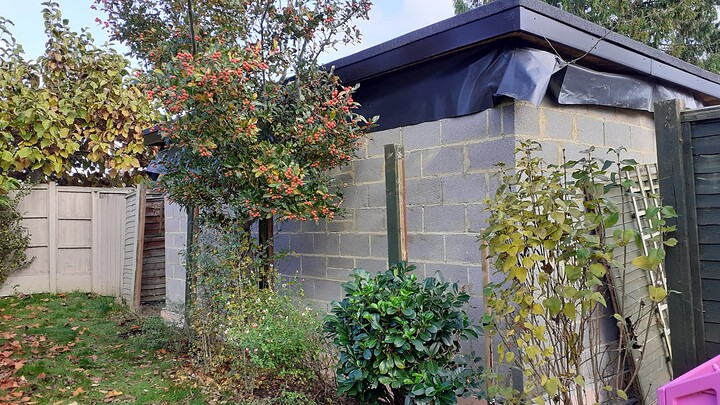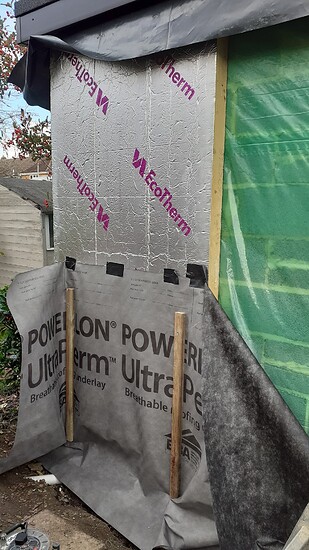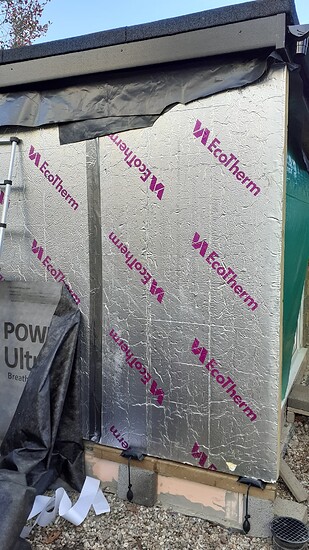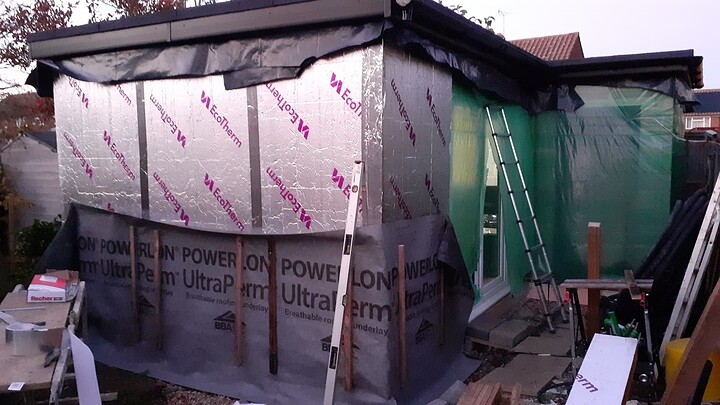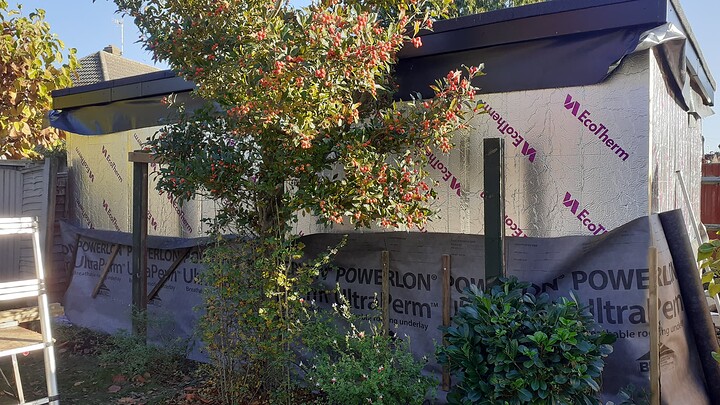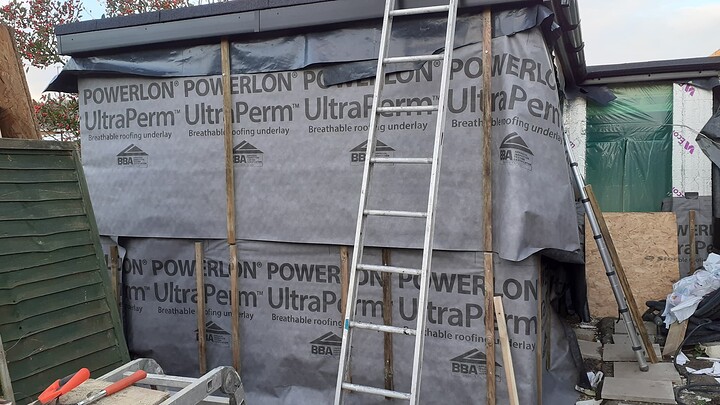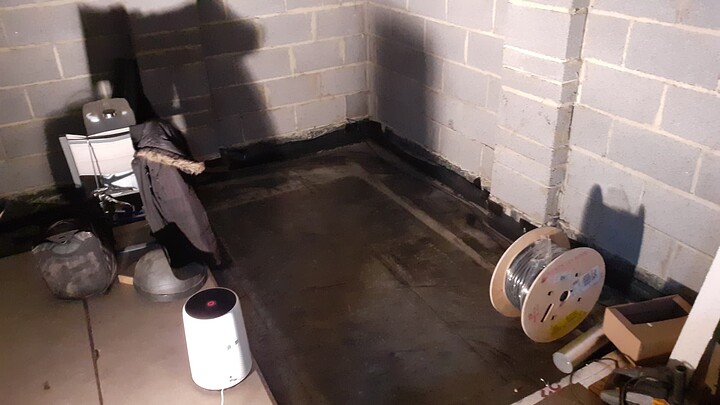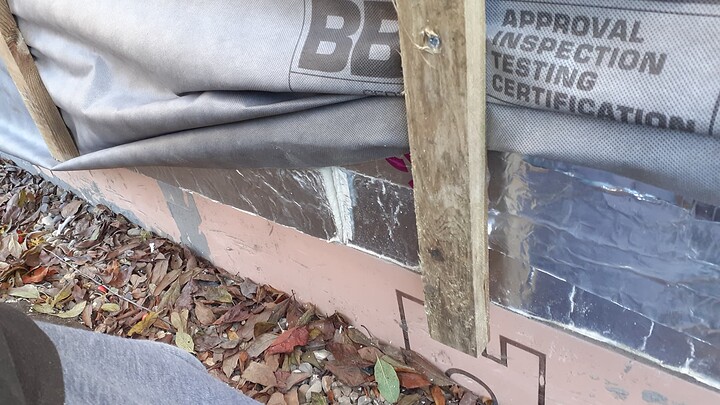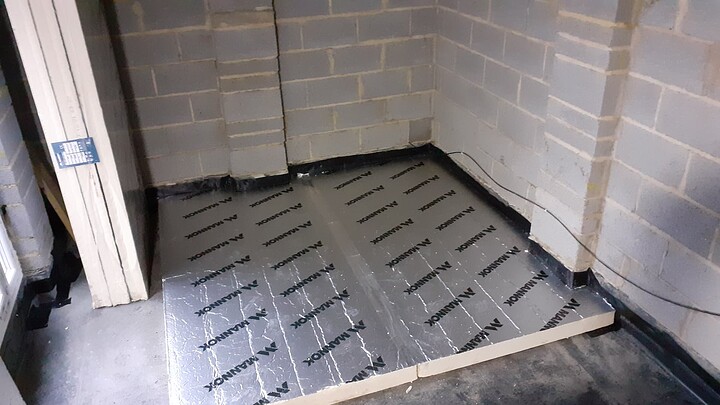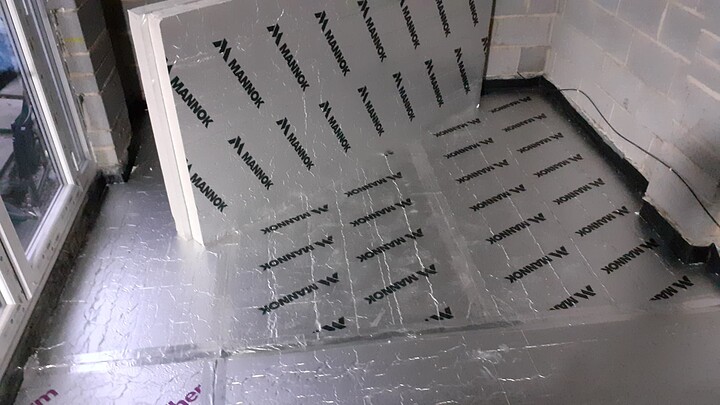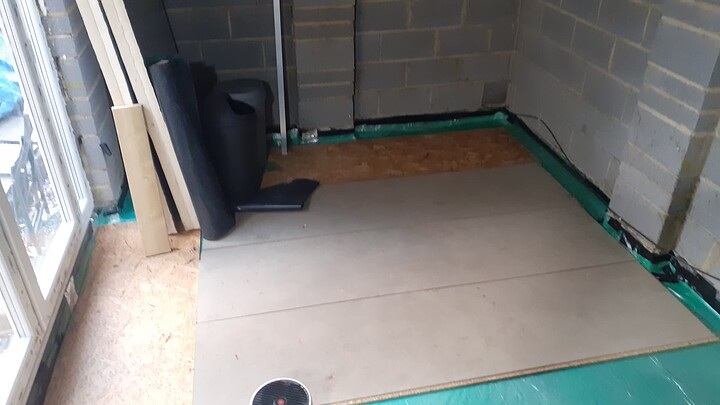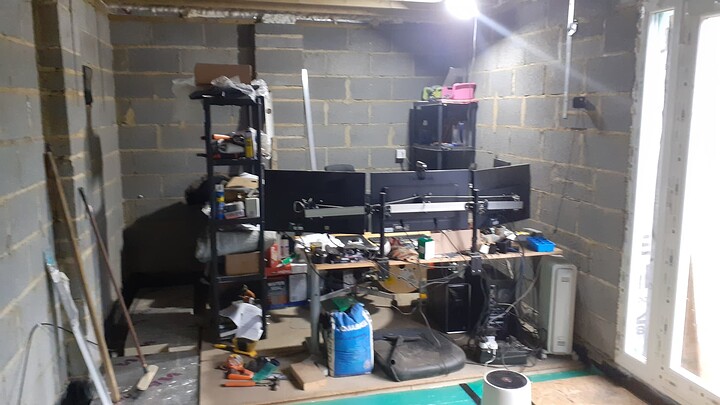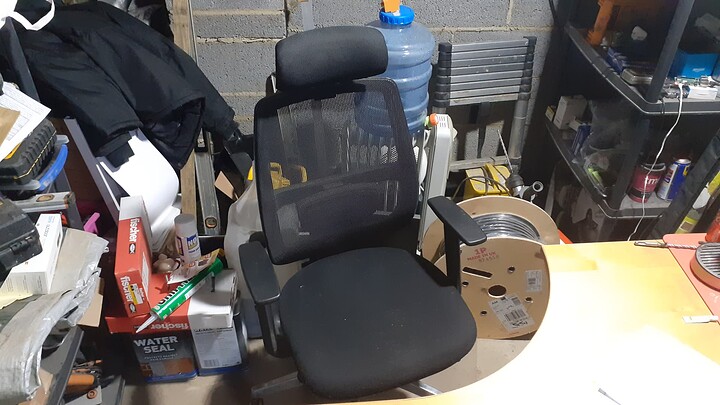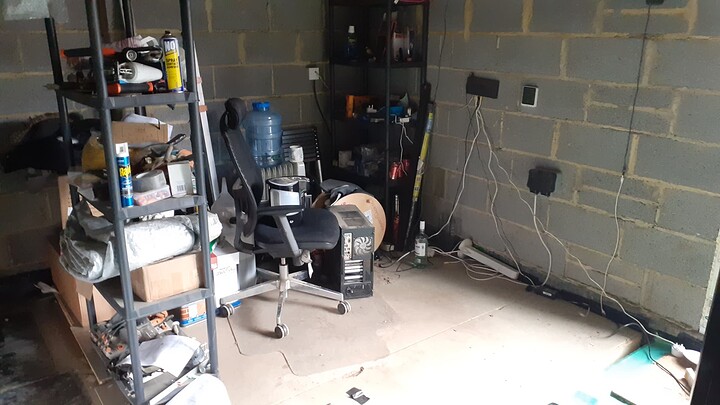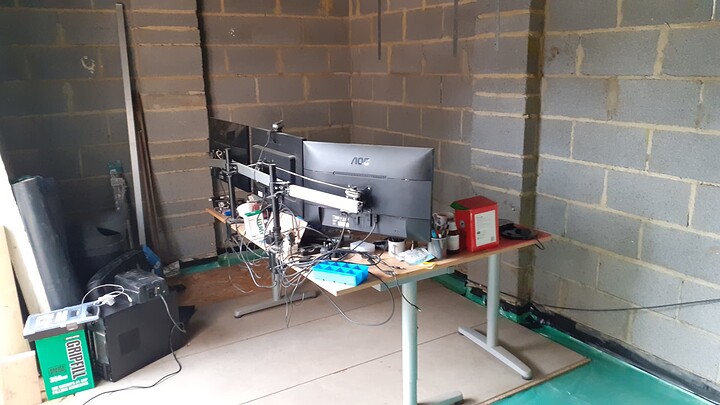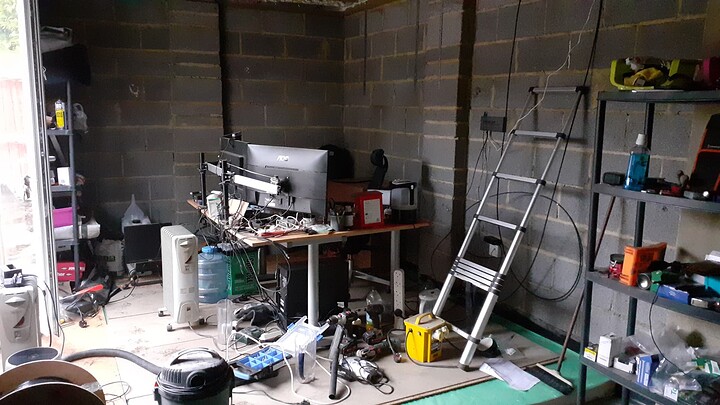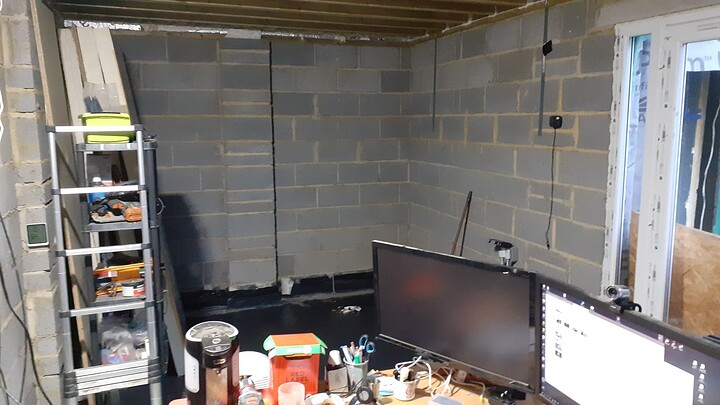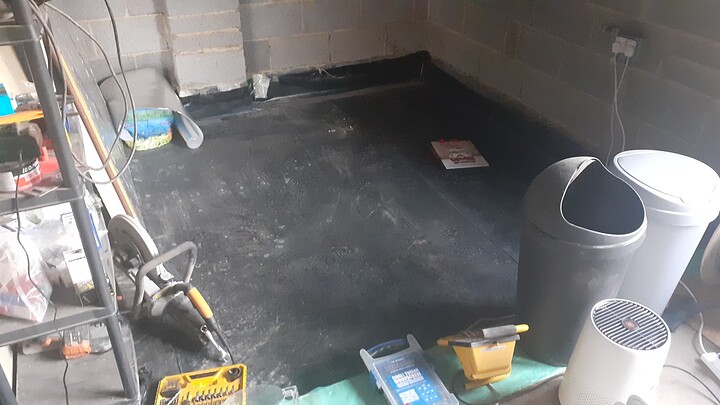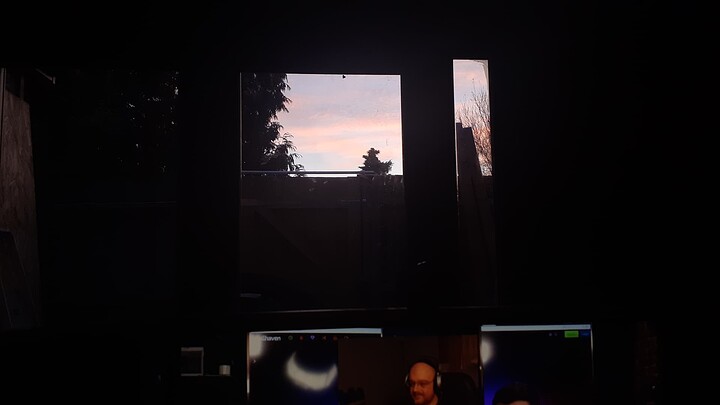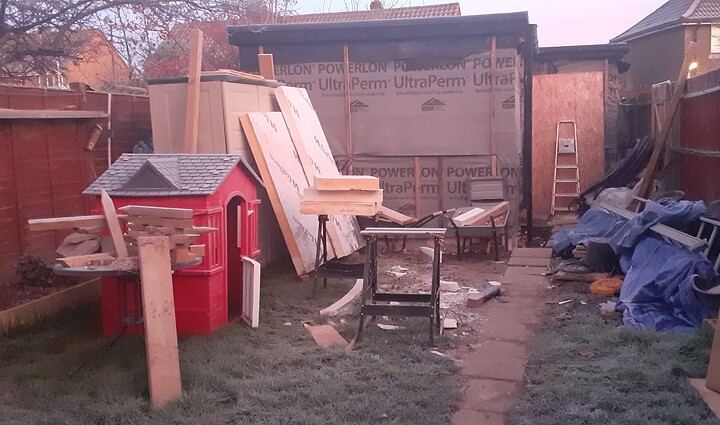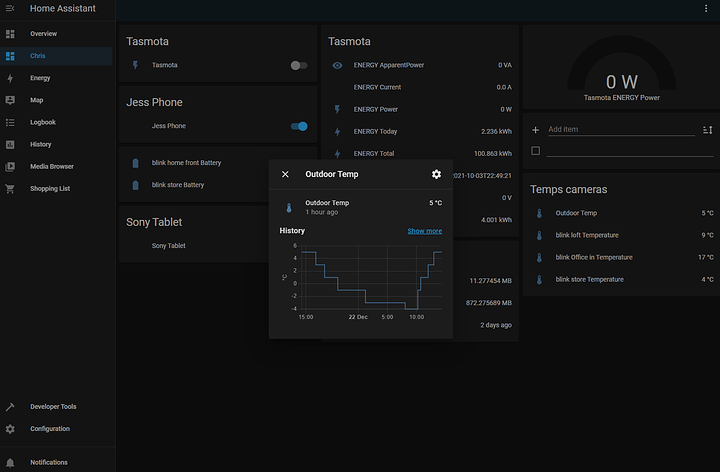Glad to hear.
It is odd to put holes in perfectly good windows, but as trickle vents are a regs requirement, manufactures put them in by default. You can get around them with positive air systems, but that’s just adding more machinery and complication to a situation. I’ve had a client recently who straight refused trickle vents, they were spending £40k just on replacement windows.
Yes, it is noticeable when there isn’t healthy air movement within a building, the other good reason for having a reasonable gap under internal doors.
Split AC units are great and like you say they’re common in the US because they have genuine extreme temps, so everyone has one. Over here though, not so much - it would be ideal if everyone got one, but sadly where I live, few exist. I’m very conscious about the noise I make, because I don’t want to be ‘that’ neighbour. I’ve had a few friends in the building trade offer me a 9k unit (more than enough) for £1000 (supply and fit inclusive), but I’m holding off to see how the external wall insulation works against the heat. On the hotter days during summer this year, I did lean the insulation boards up against the outside walls and when it was 30+C outside, it was keeping a cool 20C inside, so that’s a good sign. As for the house, which does get hot in places, I was thinking of painting the gable end (that gets the most sun) white.
I’m not so fussed about a pc like noise level inside, though it’ll make me a bit sad as I intend to put my computer in another room! It’s just the outside, my neighbours are very close and I don’t want to draw attention to myself. Winter would be OK of course, because people have their windows shut (unless they need ventilation, haha!), but the summer months might irritate. Mind you, I will only be using the cooling feature during the day. I’m going to see how this summer goes, and go from there. So far having the insulation on the outside is working out incredibly well.
I do like you mentioning Home Assistant though, I’ve been playing with that, it’s not bad but I’m not committed to it just yet. 
With those Lunos, judging by the power use, it must be a really quiet unit.
If I had funds/space, I would build 4 or 5 experimental buildings with each technology in it…I might even be able to get funding on that, as it would be perfect to have 5 identically built units and independently show the results.
What I have been casually investigating is the heating solution, solar panels connected to batteries and an oil filled radiator (for quietness). But that’s quite an investment in time and money (around £1000), though it has to be appreciate that at worst it’ll cost £200-300 a year to heat the space. When I start to partition the space, that will in itself save having to heat a larger space. Mind you, as of this morning, I still need to lay the remaining floor insulation…which isn’t that fun, but needs to be done!
 .
.

